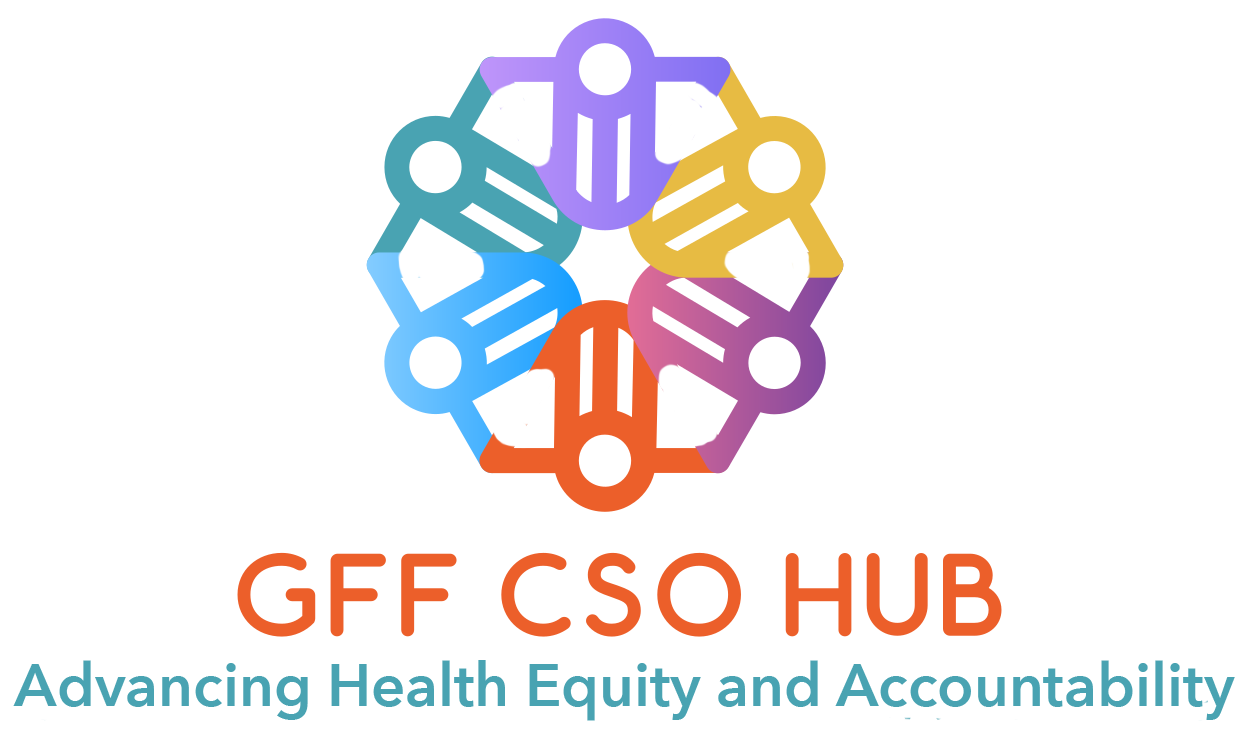This fact sheet focuses on the Global Financing Facility (GFF) in Uganda. Wemos’ fact sheet on the GFF explains the general functioning of this health financing model supporting countries in reproductive, maternal, neonatal, child, and adolescent health and nutrition (RMNCAH+N). Uganda was selected in the second round of GFF in 2016 (2nd phase country).
Investment Case (IC): “Committing to maternal and child survival: Investment case for reproductive, maternal, newborn, child and adolescent health sharpened plan for Uganda 2016/17-2019/20” (April 2016)
This was a revision of the pre-existing RMNCAH Sharpened Plan 2013-2017, titled “A promise renewed”, Uganda’s previous national strategy for women, children, and adolescents’ health. The IC is anchored on the Health Sector Development Plan (HSDP) 2015/16 – 2019/20. It thus contributes to the second National Development Plan, the second National Health Policy and to the overall Uganda Vision 2040.
The World Bank/GFF project contributing to the IC (as per the Project Appraisal Document (PAD): “Uganda Reproductive, Maternal and Child Health Services Improvement Project” (July 2016)
Project period: August 2016 – June 2021
Total project cost: USD 165 million, out of which:
- USD 110 million is World Bank IDA concessional loan (since 2016)
- USD 30 million is GFF Trust Fund grant (since 2016)
- USD 25 million is SIDA grant (since December 2017)
The ratio of the IDA loan to GFF Trust Fund grant is 3.67:1
 Back to Resource Hub
Back to Resource Hub 